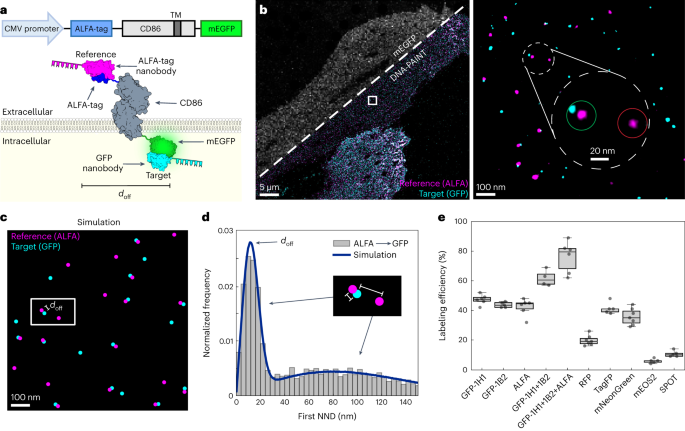2024-04-24 ミュンヘン大学(LMU)
<関連情報>
- https://www.lmu.de/en/newsroom/news-overview/news/ai-tool-recognizes-serious-ocular-disease-in-horses.html
- https://beva.onlinelibrary.wiley.com/doi/10.1111/evj.14087
馬の眼科疾患の診断における獣医師とディープラーニングツールの比較 Comparison of veterinarians and a deep learning tool in the diagnosis of equine ophthalmic diseases
Annabel Scharre, Dominik Scholler, Stefan Gesell-May, Tobias Müller, Yury Zablotski, Wolfgang Ertel, Anna May
Equine Veterinary Journal Published: 03 April 2024
DOI:https://doi.org/10.1111/evj.14087

Abstract
Background/Objectives
The aim was to compare ophthalmic diagnoses made by veterinarians to a deep learning (artificial intelligence) software tool which was developed to aid in the diagnosis of equine ophthalmic diseases. As equine ophthalmology is a very specialised field in equine medicine, the tool may be able to help in diagnosing equine ophthalmic emergencies such as uveitis.
Study design
In silico tool development and assessment of diagnostic performance.
Methods
A deep learning tool which was developed and trained for classification of equine ophthalmic diseases was tested with 40 photographs displaying various equine ophthalmic diseases. The same data set was shown to different groups of veterinarians (equine, small animal, mixed practice, other) using an opinion poll to compare the results and evaluate the performance of the programme. Convolutional Neural Networks (CNN) were trained on 2346 photographs of equine eyes, which were augmented to 9384 images. Two hundred and sixty-one separate unmodified images were used to evaluate the trained network. The trained deep learning tool was used on 40 photographs of equine eyes (10 healthy, 12 uveitis, 18 other diseases). An opinion poll was used to evaluate the diagnostic performance of 148 veterinarians in comparison to the software tool.
Results
The probability for the correct answer was 93% for the AI programme. Equine veterinarians answered correctly in 76%, whereas other veterinarians reached 67% probability for the correct diagnosis.
Main limitations
Diagnosis was solely based on images of equine eyes without the possibility to evaluate the inner eye.
Conclusions
The deep learning tool proved to be at least equivalent to veterinarians in assessing ophthalmic diseases in photographs. We therefore conclude that the software tool may be useful in detecting potential emergency cases. In this context, blindness in horses may be prevented as the horse can receive accurate treatment or can be sent to an equine hospital. Furthermore, the tool gives less experienced veterinarians the opportunity to differentiate between uveitis and other ocular anterior segment disease and to support them in their decision-making regarding treatment.


